What to do in Ireland: 20 must-sees and must-dos
Anto
07 Nov 2023
Do you dream of vast green landscapes, impressive cliffs plunging into the ocean and ancient legends told by the fireside? Ireland, also known as the Emerald Isle, is the destination for you. Located on the edge of Western Europe, Ireland offers a mosaic of cultures, histories and landscapes. From lively pubs with traditional music to historic sites steeped in Celtic myth, every corner of Ireland has a story to tell. If you measure the country from north to south, you’ll cover almost 486 km of unsurpassed natural beauty. So get ready to be charmed by this magical land, where every horizon promises a new adventure and the warm welcome of the Irish will make you feel right at home.
Your online travel health insurance
Start your quotation now and obtain your medical insurance certificate, which insures medical expenses according to the country’s needs.
For your trip to Ireland, here are some essential links to help you with your preparations and your stay:
The Cliffs of Moher, located in County Clare, are among Ireland’s most spectacular natural wonders. Overlooking the Atlantic, these cliffs rise to nearly 214 metres at their highest point, offering breathtaking views of the infinite ocean.

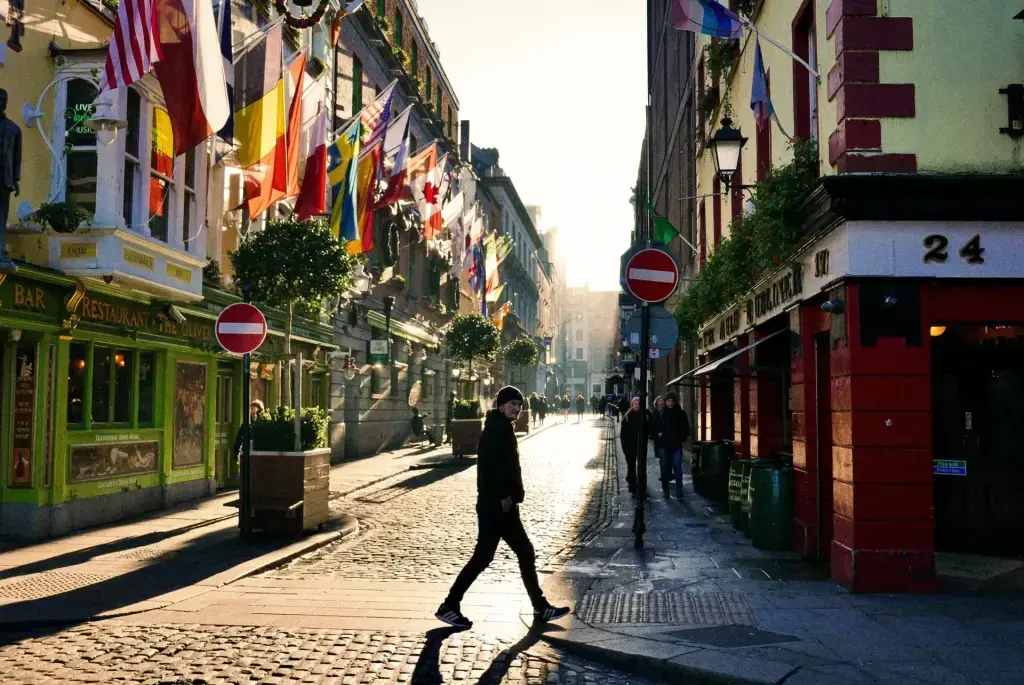
Temple Bar, in the heart of Dublin, is the cultural and bohemian district of the Irish capital. Lined with cobbled streets, this iconic district is famous for its lively atmosphere, traditional pubs and eclectic music scene. In the evening, the streets come alive with Irish melodies, laughter and cheerful conversation.
Blarney Castle, just a few kilometers from Cork, is one of Ireland’s most emblematic historic sites. Dating back to the 13th century, this medieval fortress is surrounded by vast, lush gardens, mysterious caves and peaceful ponds. However, the centerpiece is undoubtedly the Eloquence Stone, better known as the “Blarney Stone”.
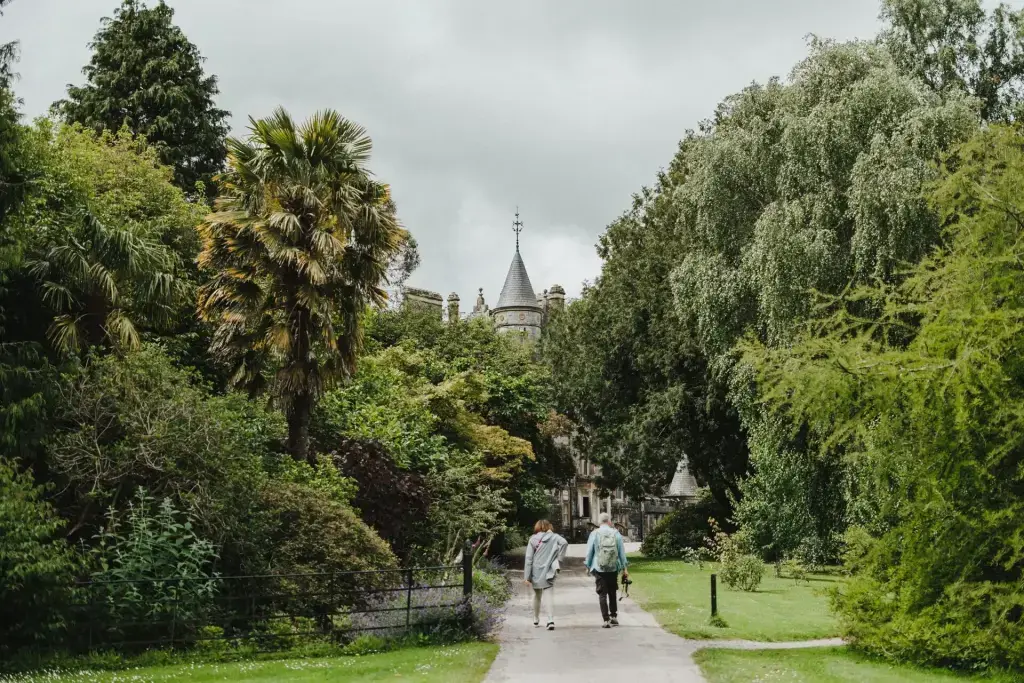
The Ring of Kerry, winding along the Iveragh Peninsula, is one of Ireland’s most beautiful roads. Offering panoramic views of mountains, lakes and the Atlantic coast, this 179 km road is a must for anyone visiting the southwest.
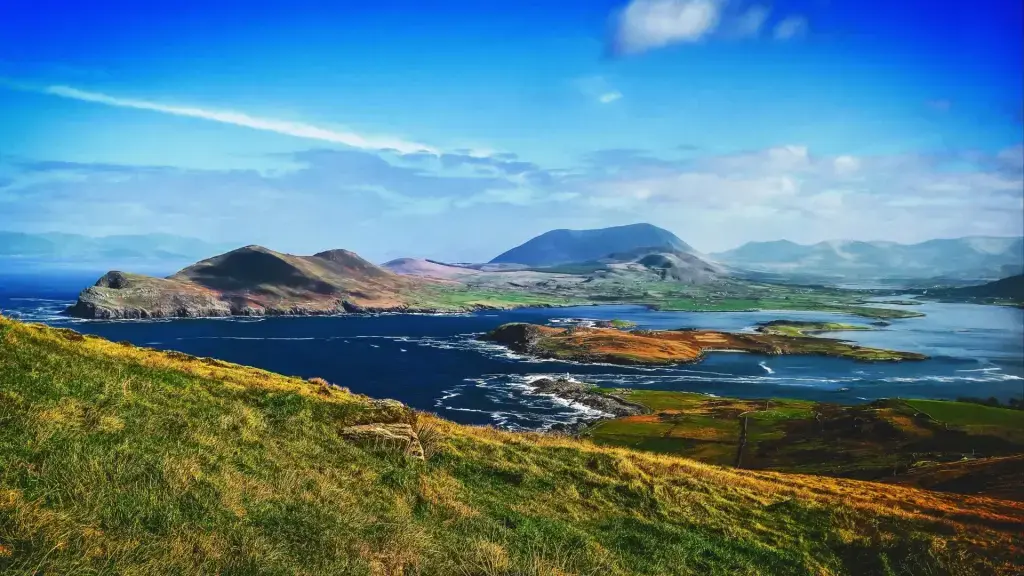
The Guinness Storehouse, located in the historic heart of Dublin, is much more than just a brewery: it’s an immersion in the history of Ireland’s most famous beer. Housed in a seven-storey pint-shaped structure, this interactive museum traces the history of Guinness, from its creation by Arthur Guinness in 1759 to its worldwide renown.

Killarney National Park, nestled in County Kerry, is Ireland’s first national park and a true natural treasure. Covering more than 10,000 hectares, it is home to sparkling lakes, majestic mountains and dense forests. The park is dominated by the MacGillycuddy’s Reeks mountain range, whose Carrauntoohil is Ireland’s highest peak.
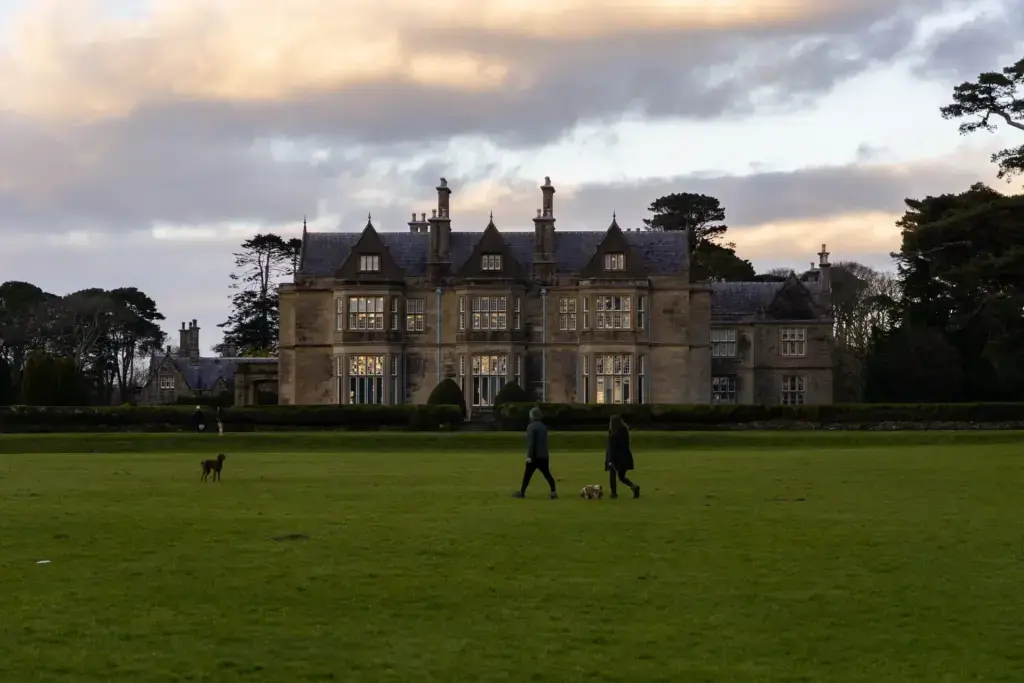
The Giant’s Causeway, located in County Antrim in Northern Ireland, is a natural wonder that evokes legends and mysteries.
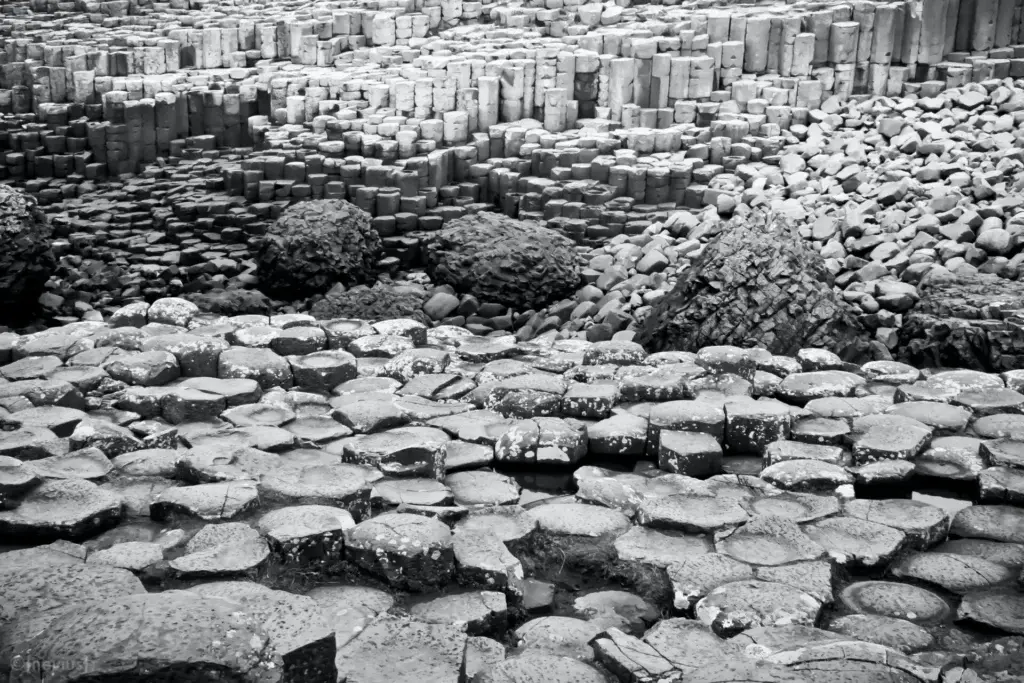
Trinity College, in the heart of Dublin, is one of Ireland’s most prestigious educational institutions. Founded in 1592, this historic campus is not only an academic center, but also a cultural treasure trove.
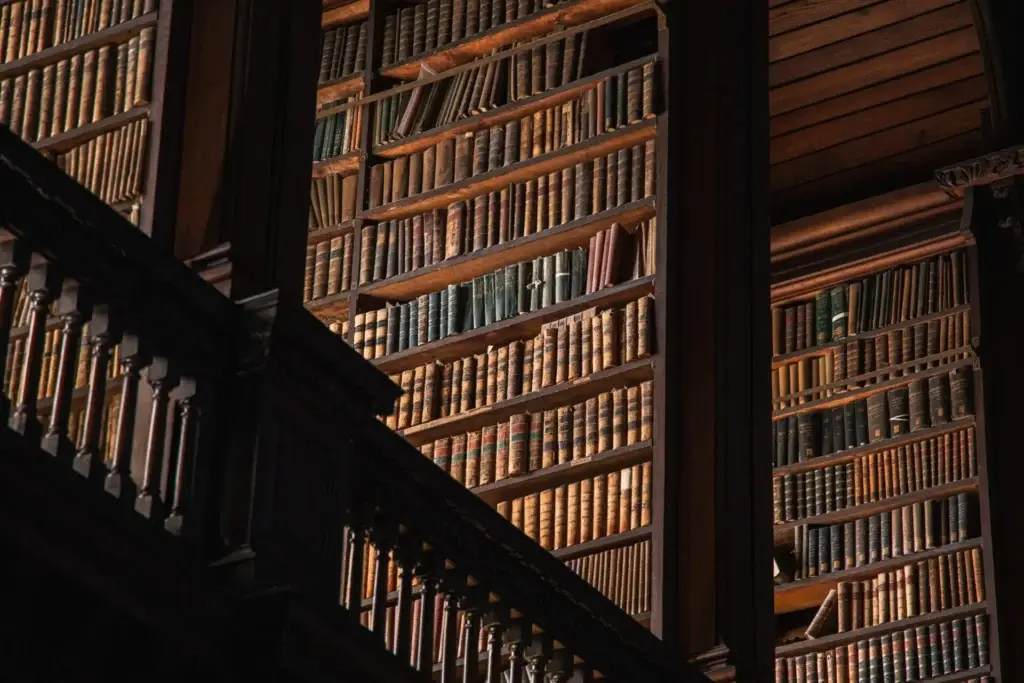
Galway, the jewel of Ireland’s west coast, is a city alive with traditional melodies, lively cobbled streets and colorful festivals. Often dubbed “The City of Tribes”, it offers a unique blend of modern culture and ancient history.

The Rock of Cashel, overlooking the Tipperary plain, is one of Ireland’s most emblematic archaeological sites. Also known as “Cashel of the Kings”, this historic site was once the seat of the kings of Munster. Visitors are greeted by an imposing round tower, followed by a series of remarkably well-preserved medieval buildings, including the magnificent St. Patrick’s Cathedral.
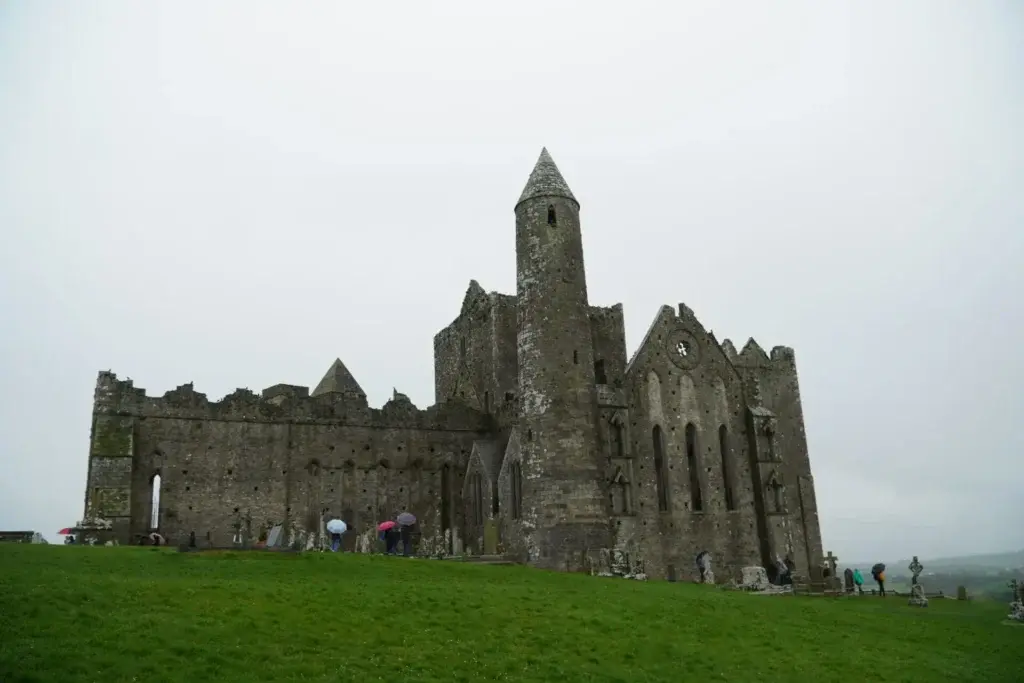
Connemara, in the west of Ireland, is a wilderness of breathtaking beauty. This expanse of moorland, mountains and lakes offers a landscape that looks like something out of a fairytale. From shimmering bog-fringed lakes to rocky, wave-beaten coastline, Connemara is the epitome of raw Irish nature.
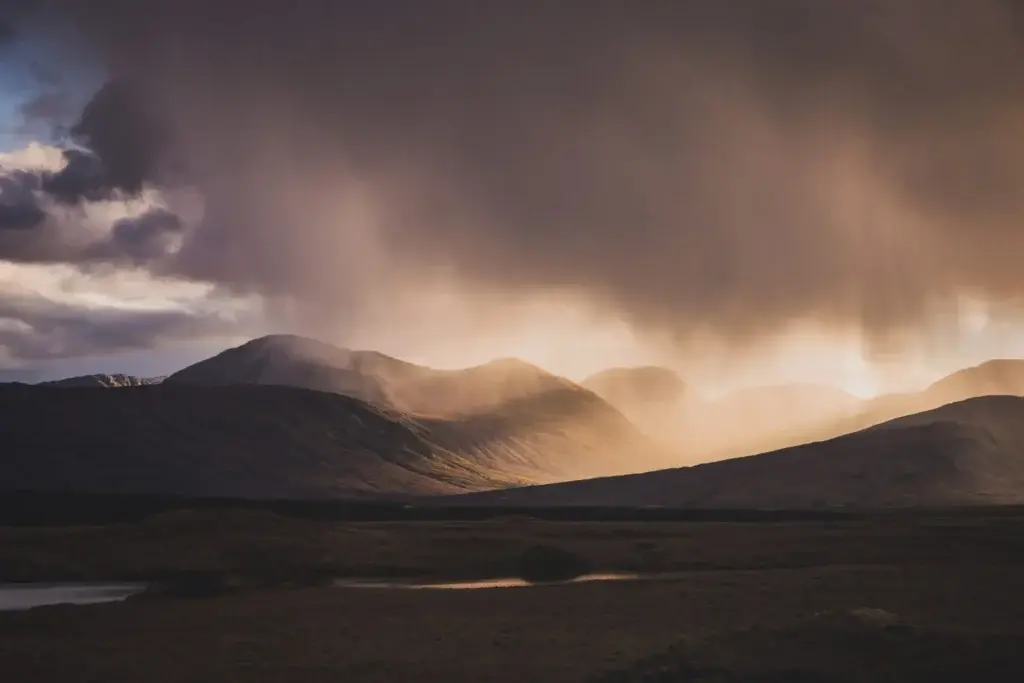
Kilkenny, often nicknamed the “Marble City”, is a charming medieval town nestled in the heart of the Irish countryside. Its cobbled streets, ancient houses and Gothic churches create an atmosphere steeped in history and tradition.
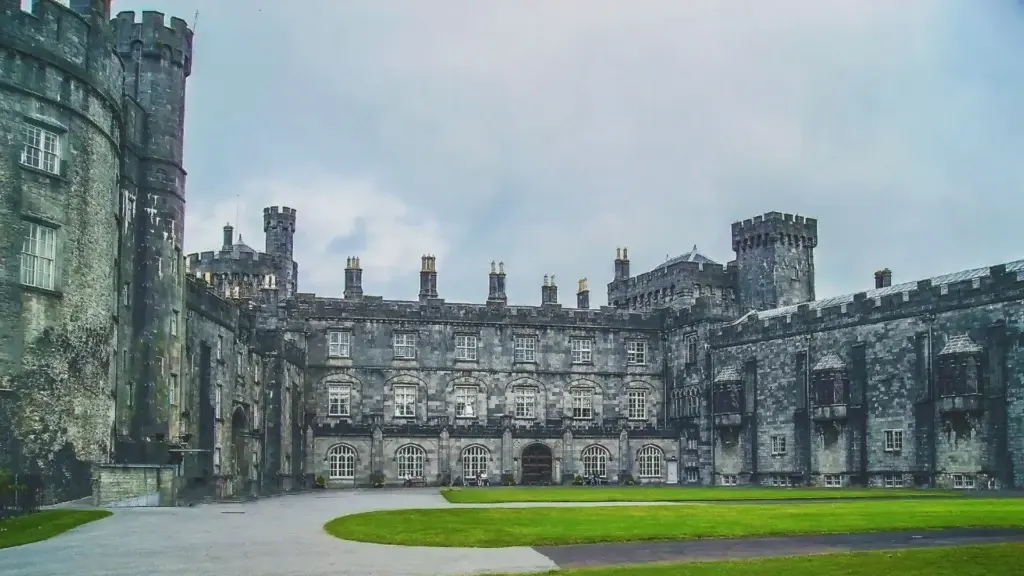
Cork, Ireland’s second largest city, is a dynamic fusion of contemporary culture and rich heritage. Nicknamed “the rebel town” because of its history of resistance, today it vibrates to the rhythm of festivals, music and craft markets.
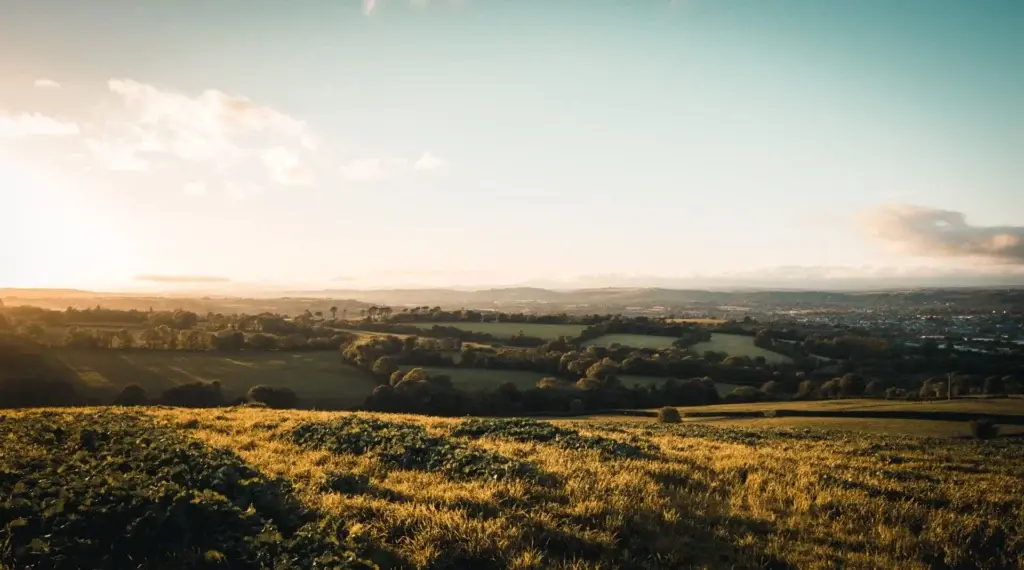
The National Museum of Ireland in Dublin is a fascinating journey through the history and culture of the Emerald Isle. Divided into several branches, the museum covers everything from archaeology to decorative art and natural history.
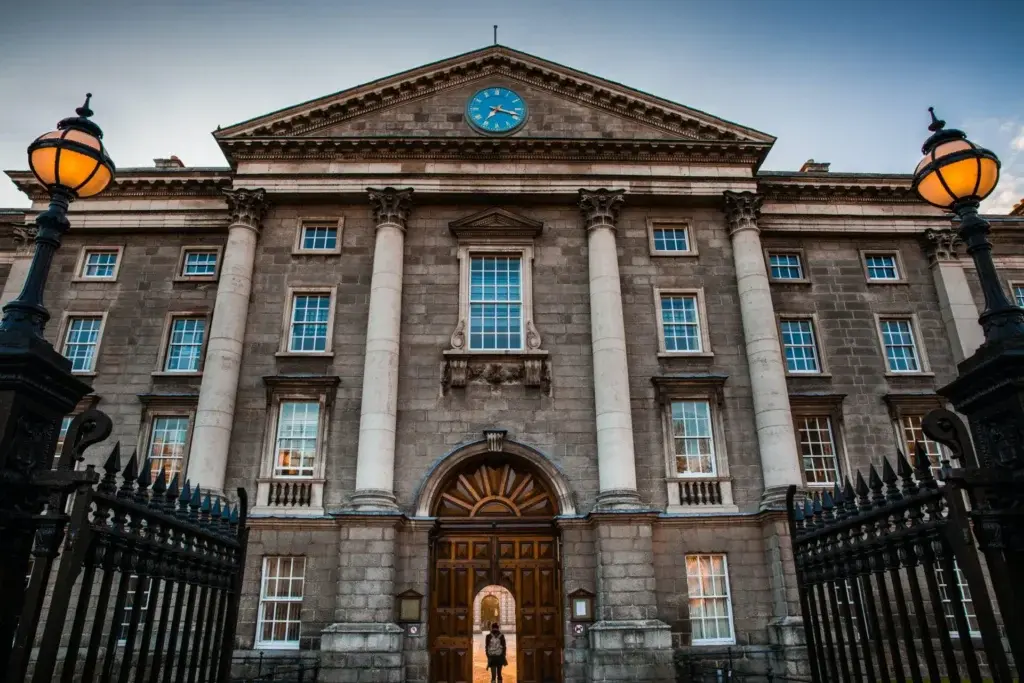
Dublin’s Glasnevin Cemetery is much more than just a resting place. It’s a piece of Irish history, home to the graves of many national figures. Covering more than 120 acres, this monumental cemetery is the final resting place of historic figures such as Michael Collins, Éamon de Valera and Maud Gonne.

Dublin Zoo, located in the magnificent Phoenix Park, is one of Europe’s oldest zoos, open since 1831. It offers a window onto the diversity of the animal kingdom, housing over 400 animals from different parts of the world. From majestic African lions to adorable Humboldt penguins, each habitat is designed to reflect the animals’ natural environment. The zoo is also dedicated to conservation and education, raising visitors’ awareness of wildlife protection.

Limerick, a historic city on the banks of the River Shannon, is a captivating blend of ancient and modern. Its most precious jewel is King John’s Castle, a 13th-century medieval fortress.
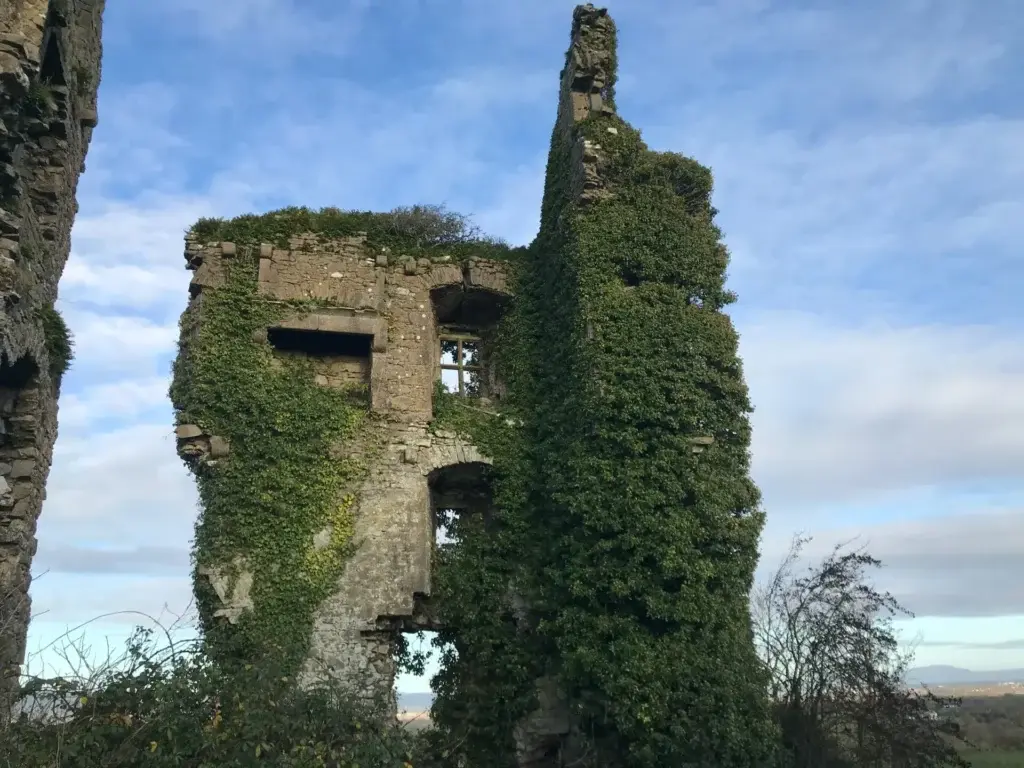
The Titanic Museum in Belfast is a deep immersion in the history of the world’s most famous ship. Located on the site where the Titanic was built, the museum’s bold architecture evokes the ship’s bow. Inside, visitors are transported through nine interactive galleries, tracing Belfast’s rise as an industrial power, the construction of the Titanic, its tragic maiden voyage and its enduring impact.
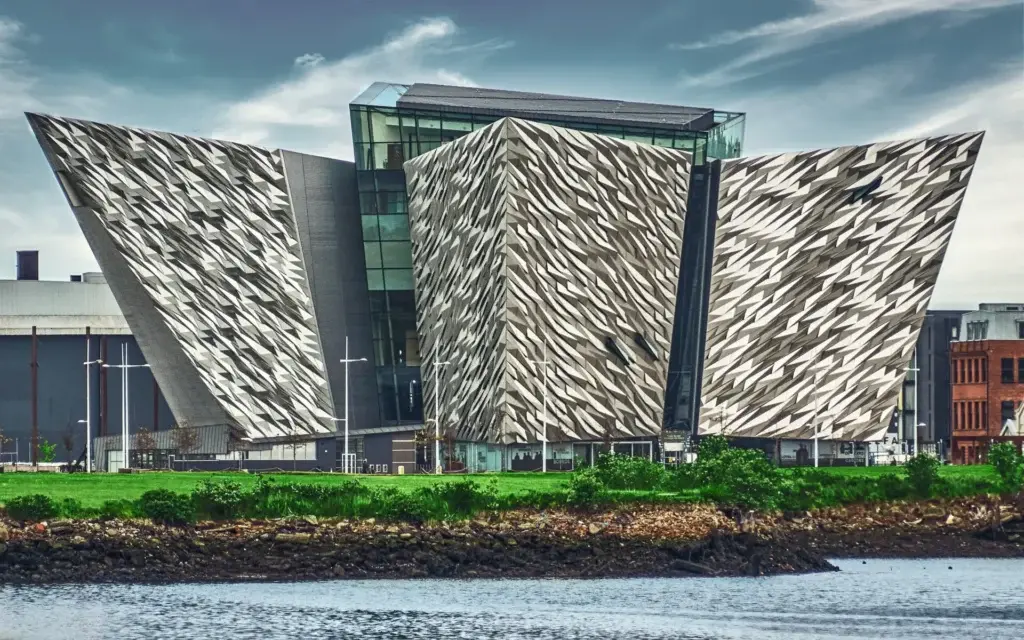
The Slieve League cliffs in County Donegal are among the highest and most impressive in Europe. Plunging steeply into the Atlantic Ocean, they offer breathtaking views that rival the famous Cliffs of Moher.
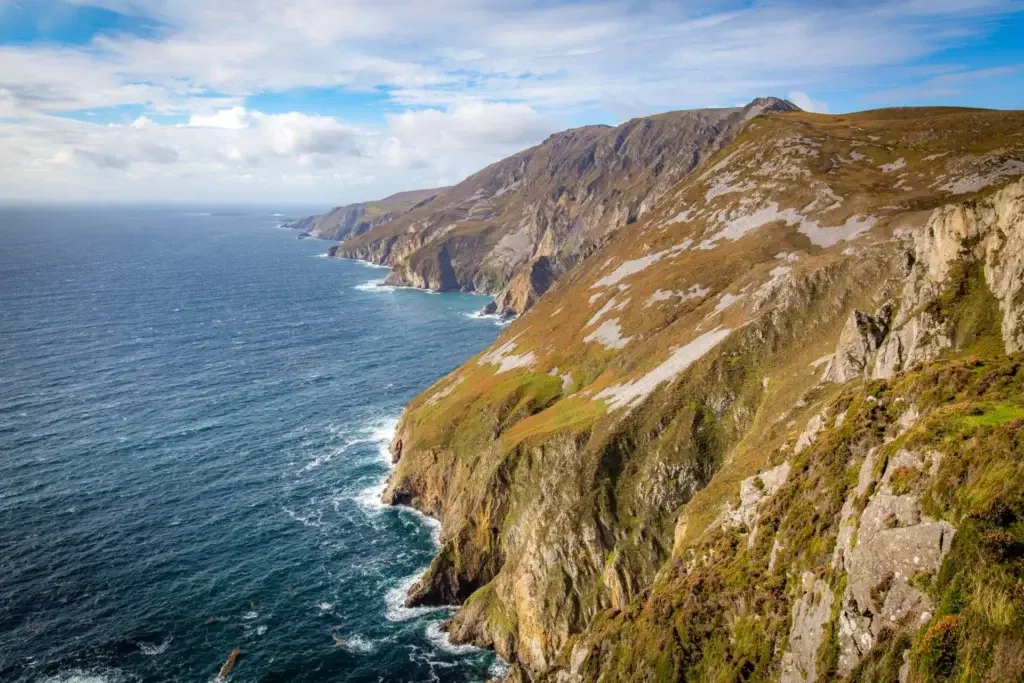
The Wicklow Mountains, often referred to as “the garden of Ireland”, are an expanse of verdant landscapes, deep valleys and shimmering lakes.
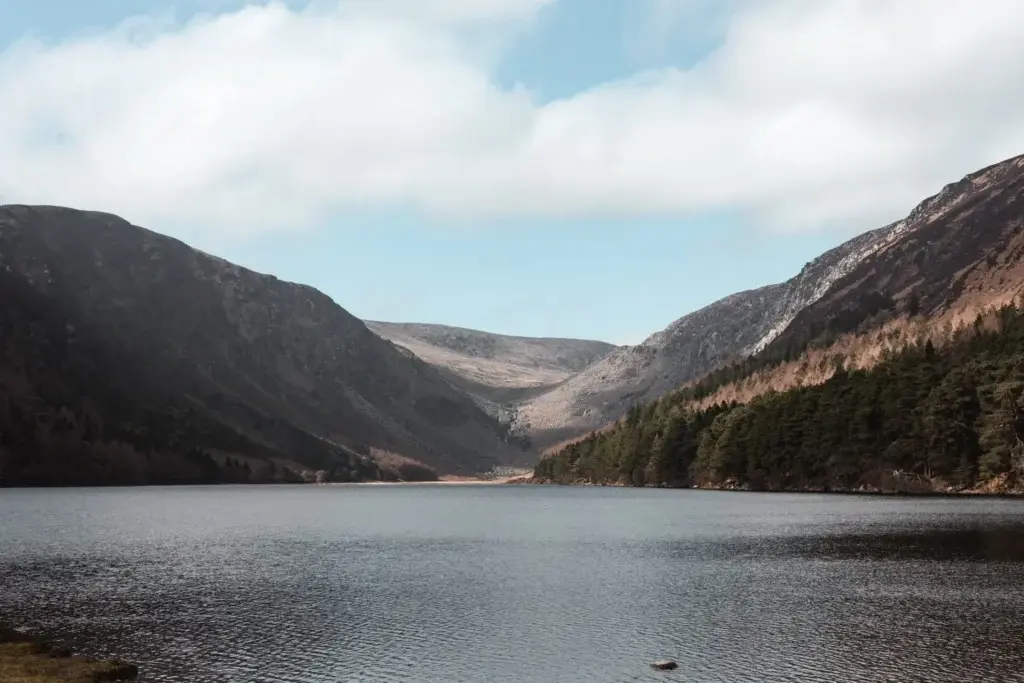
Do you have any questions?
Our teams are here to advise you!

4,3/5 on Trustpilot

Certified partners

Human & committed service

Customized offer

Optimal coverage